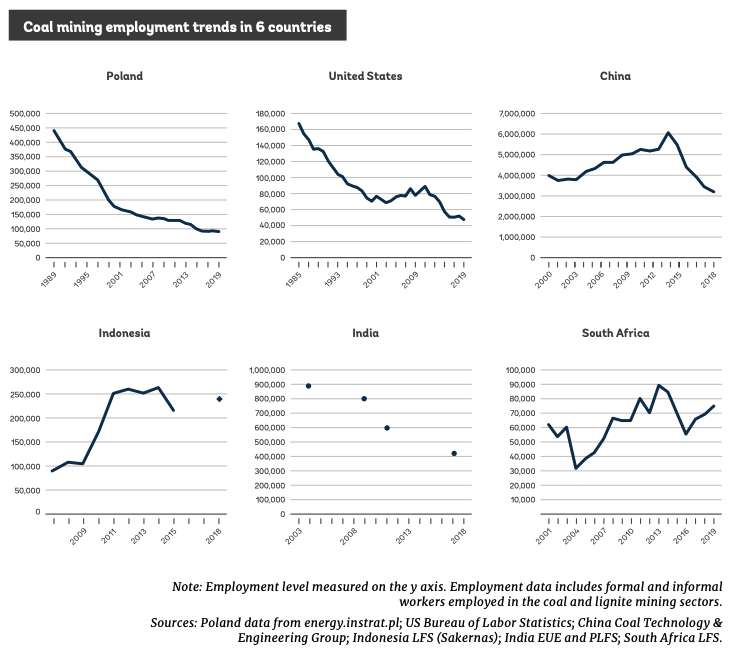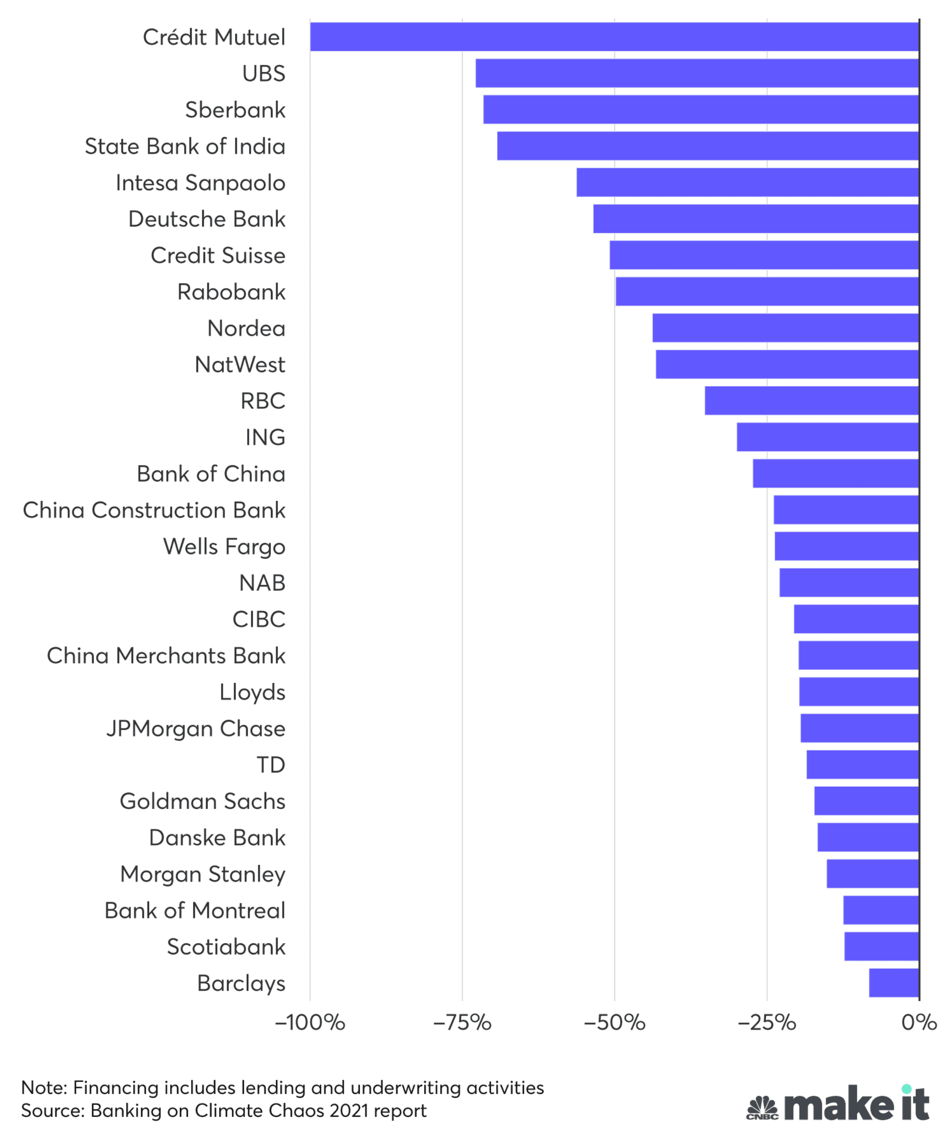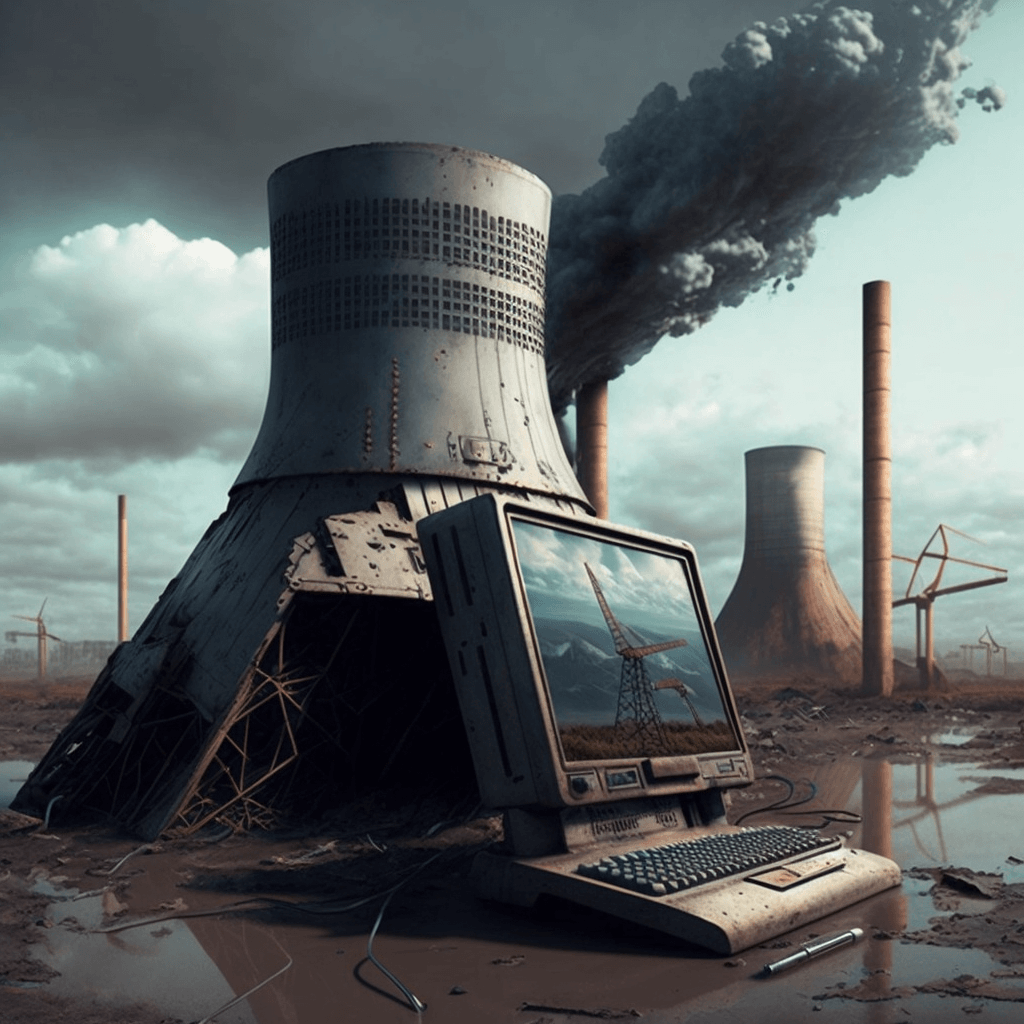As the world shifts towards cleaner energy sources, fossil fuel reserves that were once considered valuable may become uneconomical to extract and difficult to sell, leading to financial losses for companies and investors, as well as job losses across the industry’s whole value chain. It is therefore crucial for financial institutions to proactively manage and minimize their exposure to fossil fuel assets, by leveraging on the tools offered by digitalization and financial technology.
Introduction
The United Nations Framework Convention on Climate Change (UNFCCC) reached a historic agreement at COP 21 in Paris on December 12, 2015, to combat climate change and promote sustainable low-carbon development. For the first time, all nations came together to take ambitious action to address climate change and adapt to its impacts, with additional support for developing countries.
This agreement sets a new direction for global efforts to address climate change, to keep global temperature rise this century well below 2 degrees Celsius above pre-industrial levels and strive to limit it even further to 1.5 degrees Celsius.
However, the fossil fuel industry practically spans all facets of the global energy system. Digitalization has led to greater transparency and access to information about the environmental and social impacts of fossil fuel production, which has increased pressure on companies and investors to transition away from fossil fuels. A sharp decline in their use is indeed needed, but we need to face the potential consequences for the fossil fuel extraction industry and financial institutions if a large proportion of existing fossil fuel reserves are kept in the ground.
Leave it in the ground: the cost equation
First, let us talk about the carbon budget. It refers to the total amount of carbon emissions that can be released into the atmosphere while remaining within the Paris Agreement temperature threshold. This budget is expressed in terms of gigatons (billion metric tons) of CO2 and represents the total amount of CO2 that can be emitted in the future, without exceeding the temperature threshold.
According to the Executive Chair of The Carbon Tracker Initiative Mark Campanale, we have approximately 300 gigatons of carbon dioxide left to release in the atmosphere before exceeding the 1.5 degrees level. Let’s put this amount in perspective with world-known coal, oil, and gas reserves, representing around 3,600 gigatons of CO2 – from which 1,060 gigatons belong to publicly traded companies; meaning that potentially up to 90% of the fossil fuel reserves held by these companies will have to be left unextracted. This leads to fierce competition for the “remaining share” of the 300 gigatons.
Regarding the unavoidable loss of revenue and profits, the Department of Wind Energy from the Technical University of Denmark estimates that “fossil fuel reserves would suffer a devaluation of $13-$17 trillion (37%–50%) n 1.5 °C and 1.8 °C global warming scenarios”.
Economic disruption and job losses
Workers and communities that have traditionally relied on fossil fuels for economic prosperity will most likely be impacted too. As renewable energy becomes more competitive and hastens the decline of the fossil fuel industry, these communities already face significant challenges, including chronic job loss.
According to a report from the World Bank Group, “two-thirds of the world’s top coal-producing countries shed coal mining jobs in the last decade, including countries with rising coal output”.

Similar challenges may arise in other fossil fuel-dependent areas. For example, the closure of a coal plant or mine can have a wide-reaching impact on communities, affecting not just workers, but also families, local businesses, educators, healthcare providers, and more. The oil and gas sectors in the United Kingdom alone support 200,000 jobs.
Less obviously, decarbonizing cities’ infrastructures may lead to job loss for gas specialists such as plumbers and gas line workers.
Decrease in demand
According to the International Institute for Sustainable Development, and globally speaking, there is a “large consensus” across all published studies that developing new oil and gas fields is “incompatible” with the 1.5C target. Some nations are thus considering repurposing fossil fuel infrastructures for nuclear power, through the implementation of small modular reactors (SMRs) close to or on the location of retired coal-fired power plants to decrease their dependence on fossil fuels shortly.
Furthermore, digital technologies have made it possible to create smart grids that can optimize the distribution of electricity from a variety of sources, including renewable energy and energy storage systems. New types of sophisticated software and sensors allow for more efficient and accurate management of renewable energy systems, such as solar and wind power; thus, enabling the production of more electricity from renewable sources, as well as more efficient storage and distribution.
No Solution Equation
In the word of the Environmental Defense Fund, banks’ only way out is to reduce their overall funding to the fossil fuel industry and “use their most powerful tools – like loan eligibility and rates – to incentivize corporate clients to reduce polluting practices like methane emissions and gas flaring, while transitioning to sustainable business models.”
Between 2016 and 2020, 27 of the world’s largest banks proceeded to decarbonize their financing. According to an analysis by CNBC Make It, French bank Crédit Mutuel had the most significant decrease in financing fossil fuels, going from $19 million to zero in four years. This represents a 100% reduction in funding. UBS also scored around a 70% decrease in financing.

Adequately measuring financed emissions is a concrete initial step towards establishing credibility that financial institutions are incorporating climate change into their core activities. For this reason, Denmark’s leading bank recently announced the end of fossil fuel financing, after determining that 99.9% of its carbon footprint is a result of financed emissions.
Finally, insurance and reinsurance companies are walking away from the sector too. Munich Re recently announced that, with regards to their decarbonization targets, as of 1 April 2023, the corporation will “no longer invest in or insure contracts or projects exclusively covering the planning, financing, construction or operation of new oil and gas fields.”
Financial sector: the domino effect
“Many financial institutions have warned that the transition to a low-carbon economy could cause a major shock to fossil fuel valuation, with the potential for systemic risk.” – European Parliament, Economic Governance Support Unit
The depreciation of fossil fuel assets and the shift towards clean energy sources will result in significant changes to industry value chains, which won’t leave the financial sector unscathed. With global fossil fuel financing reaching $4 trillion since the adoption of the Paris agreement, this poses a major risk to financial stability.
As fossil fuel reserves stay in the ground, they lose value and become stranded assets, directly impacting shareholders, investors, and investment funds. However, it also has a significant effect on banks, which overall exposure to fossil fuel comprises both direct connections, such as loans for and investments in operations and companies involved in extracting, producing, and investing in fossil fuels, and indirect exposure to companies connected themselves to fossil fuel investments.
Financial losses & portfolio diversification
The potential for financial losses is particularly worrying for institutions that have heavily invested in fossil fuels such as JPMorgan Chase, Citigroup, Wells Fargo, and Bank of America. These U.S. banks alone account for a quarter of all fossil fuel financing.
Loss of value is also a transition risk where the fossil fuel industry, incentivized by aggressive funding rounds despite global climate policies, keeps extracting more oil and gas than necessary for future consumption. Such endeavor could, according to research, lead to $11tn in stranded assets, including infrastructure and properties such as oil rigs. Consequently, financial institutions may face enforcement actions from regulators if they are found to have failed to appropriately assess and manage the risks threatening their returns on investment. They may also be vulnerable to lawsuits from investors, shareholders, or other stakeholders who claim that the institution neglected to properly disclose those risks.
There is indeed an urgent need for re-evaluation of investment strategies and portfolio diversification: roadmaps should include divesting policies from fossil fuel companies to allow investments in clean energy and sustainable infrastructure projects, such as solar and wind power. Financial institutions can also align their investments with the Paris Agreement’s carbon budget, limiting the amount of carbon emitted while still staying within the 2 degrees Celsius temperature threshold.
On the governance side, financial institutions may benefit from engaging with fossil fuel companies to encourage them to transition to cleaner energy sources and reduce their carbon footprint.
At the product level, financial institutions can assess the carbon risk of their portfolio and adjust to reduce exposure to high-carbon assets. In addition to the consideration of sustainability risks, they can also integrate environmental, social, and governance (ESG) criteria into their investment decision-making process to promote more sustainable investments.
Lawsuits, reputation & climate quitters
In addition to financial losses, institutions that fail to consider the risks posed by grounded fossil fuels reserves in their investments may face other repercussions, such as reputational damage; in a climate-conscious society, where experts frequently discuss the potential for catastrophic climate events on the world’s scene, companies that fail to address the issue of stranded fossil fuel assets may be viewed by the public and other stakeholders as neglectful of both their environmental responsibilities and their fiduciary duty to protect their investors’ interests. This could drive investors away, leading to more decline in revenue.
The recent phenomenon of “climate quitters* also emphasizes the importance of a well-done transition to attract talents; many job seekers are already showing a preference for working for companies that commit to environmental responsibility. A 2021 survey of 2000 business school students conducted by the Yale School of Management found that 51% of the participants would accept a lower salary to work for an environmentally responsible company. And new research from KPMG concluded that 20% of office workers in the UK will reject a job offer if the company lacks a commitment to ESG standards. Additionally, almost half of the workers surveyed stated that they desire their employers to have a clear stance on climate and social issues.
A plethora of mathematical solutions
Having acknowledged the problem of stranded fossil fuel assets, the next step is to investigate potential solutions and determine the most effective approach.
The FinTech sector may provide solutions for investment flow orientation related to fossil fuel assets in several ways. For example, digital platforms can be developed in partnership with data providers to track the ESG performance and reporting of fossil fuel companies in their transition efforts. These platforms can centralize the information on a company’s emissions, water usage, and other sustainability metrics, enabling investors to make more informed decisions about where to allocate their capital in compliance with climate change trends.
Additionally, according to The Impact Investor, “Consumer Responsiveness” is one of the top key performance indicators for ESG reporting. New applications could be developed to help companies maintain an ongoing relationship with stakeholders, to collect feedback, reviews, and ratings on their climate change mitigation efforts.
New ventures can also offer tools such as robo-advisors to support financial institutions and help them make informed decisions regarding the investment approach chosen – norm-based, exclusionary, etc. Blockchain-based solutions can also provide transparency and traceability of the projects, track the carbon offset of portfolios, and set targets for reducing exposure to fossil fuel companies.
On the regulatory aspect, the joint report “FinTech for sustainable finance: technology as an enabler of Luxembourg’s Sustainable Finance Strategy” from The LHoFT and Deloitte explores how FinTechs can solve some of the challenges around sustainable finance regulations, including ESG data: the advanced technological solutions FinTechs offer, such as AI, deep learning, and machine learning, can also help bolster financial institutions’ compliance capacity.
Conclusion
As the world moves towards cleaner energy, fossil fuel reserves will become unprofitable to extract and hard to sell, leading to financial losses for companies and investors, and job losses in the industry. Furthermore, the growing emphasis on ESG factors may lead to reputational damage for companies and financial institutions that continue to invest in fossil fuels in a context of increased transparency.
It is therefore crucial for financial institutions to proactively manage and minimize their exposure to fossil fuel assets, by investing in low-carbon alternatives and adopting ESG policies. FinTech companies can offer innovative solutions to support their climate change mitigation efforts; This will not only reduce potential financial risks but also position them for success in an energy sector that is rapidly transitioning. To quote the scientific journal Nature Energy:
“Large quantities of fossil fuel reserves and resources are likely to become ‘unburnable’ […] if countries around the world implement climate policies effectively. The transition is already underway, and some stranding will happen, irrespective of any new climate policies, in the present trajectory of the energy system, with critical distributional macroeconomic impacts worldwide.”
Written by Oriane Kaesmann
Header image generated on Midjourney

